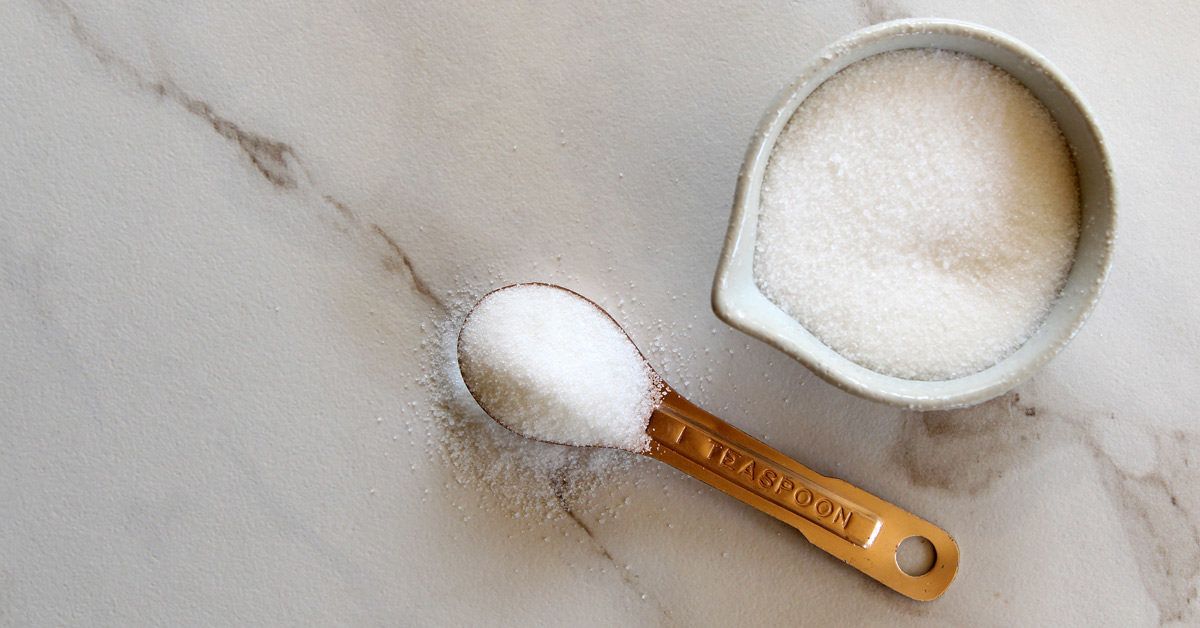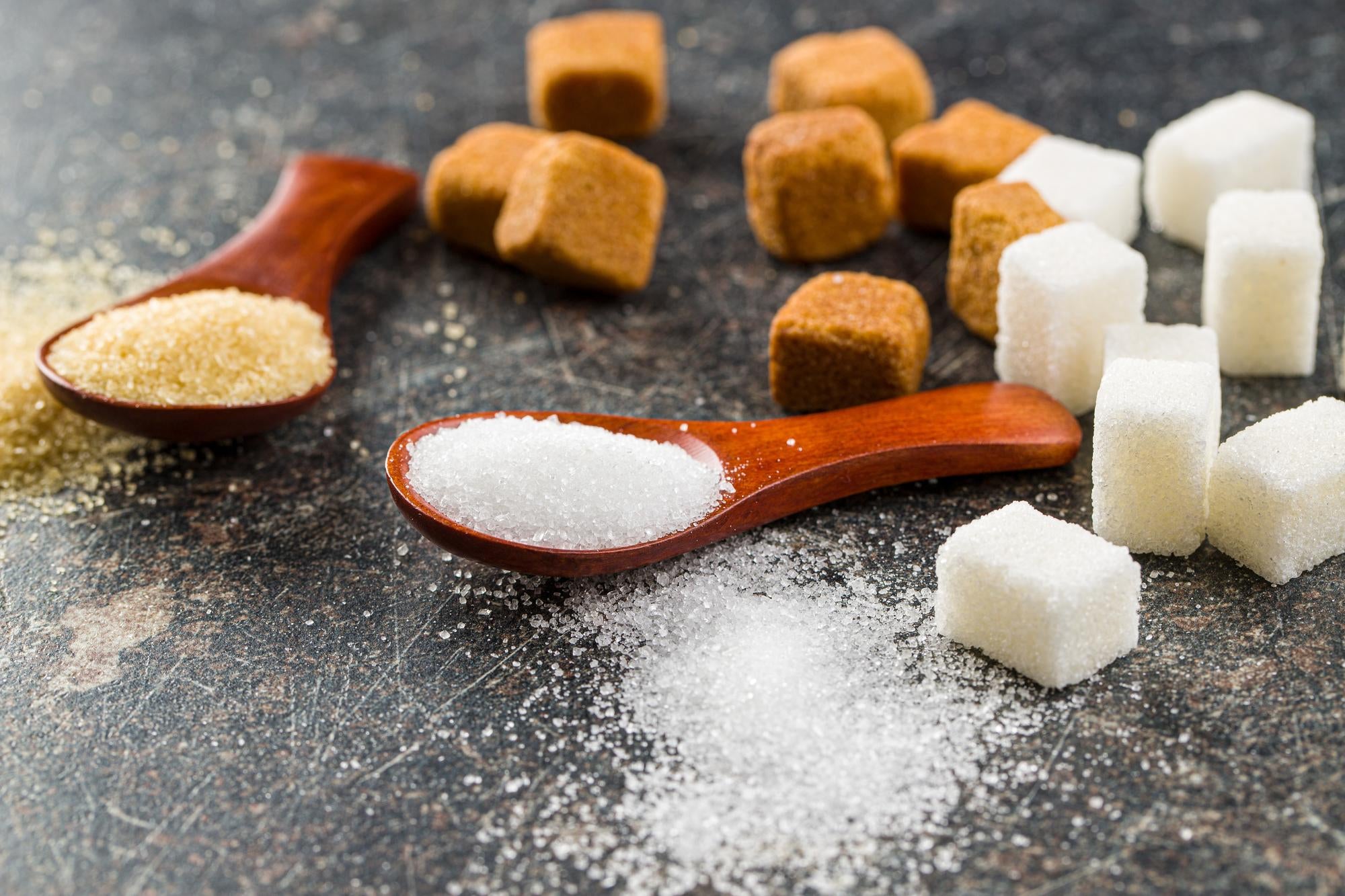Discover the Uses and Benefits of Beet Sugar Vs Cane Sugar in Your Daily Diet Plan
Exploring the distinctive high qualities of beet and cane sugar discloses even more than simply their sweetening abilities; it highlights their special influence on wellness and cookeries. Beet sugar, recognized for its refined taste, is often preferred in fragile treats, whereas cane sugar, with its hint of molasses, includes splendor to robust meals. Each type holds its very own dietary profile and glycemic implications, welcoming a deeper understanding of their duties in a well balanced diet plan and sustainable usage practices.
Origin and Production Procedures of Beet and Cane Sugar

The unique climates and dirt types required for growing sugar beetroots and sugarcane add to differences in their cultivation practices and geographical distribution, affecting the economics and sustainability of their manufacturing. beet sugar vs cane sugar.
Nutritional Contrast In Between Beet Sugar and Cane Sugar
Despite stemming from various plants, beet sugar and cane sugar are nutritionally very similar, both largely including sucrose. Each gives regarding 4 calories per gram, equating to about 16 calories per teaspoon. Structurally, both sugars are composed of about 99.95% sucrose, with very little quantities of other materials like wetness and trace minerals, which do not significantly alter their dietary profiles.

Inevitably, when selecting in between beet sugar and cane sugar based upon dietary material alone, both deal similar benefits and disadvantages as they are essentially kinds of the very same particle-- sucrose, supplying quick energy without other nutrients.
Influence On Health And Wellness: Glycemic Index and Caloric Material
Exploring better into the impacts of beet sugar and cane sugar on health, it is important to consider their glycemic index and caloric web content. The glycemic index (GI) of both beet and cane sugar is around 65, categorizing them as high-GI foods, which can trigger fast spikes in blood glucose levels.
Each sort of sugar includes around 4 calories per gram, making their caloric web content matching. For those keeping track of caloric intake, especially when taking care of weight or metabolic health conditions, comprehending this equivalence is crucial (beet sugar vs cane sugar). However, excessive intake of any high-calorie, high-GI food can add to health and wellness concerns such as weight problems, cardiovascular disease, and insulin resistance.
Environmental and Economic Factors To Consider of Sugar Production
Beyond health effects, the production of beet and cane sugar also elevates significant ecological and economic concerns. Sugar beet cultivation often tends to require cooler climates and has a reduced geographical footprint contrasted to sugar cane, which thrives in exotic regions. Both crops are intensive in terms of water usage and land occupation, potentially leading to Home Page deforestation and water shortage. Financially, the global sugar market is highly volatile, affected by modifications in international trade plans and aids. Many countries incentivize sugar manufacturing through monetary assistance, skewing market value and impacting small-scale farmers negatively.
In addition, the use of pesticides and fertilizers in both beet and cane sugar farming can cause have a peek at these guys soil degradation and pollution, more influencing biodiversity and regional water bodies (beet sugar vs cane sugar). The choice in between growing sugar beet or cane typically depends upon neighborhood environmental problems and economic aspects, making the sustainability of sugar production an intricate issue
Culinary Applications and Flavor Differences
While the environmental and economic elements of sugar production are without a doubt considerable, the choice between beet and cane sugar likewise affects culinary applications and taste accounts. Beet sugar, derived from the sugar beet plant, is recognized for its remarkably neutral taste. This makes it a flexible component in cooking, where it does not alter the taste of other parts. It dissolves rapidly and is excellent for use in cakes, cookies, and breads.
Walking cane sugar, drawn out from sugarcane, often retains molasses traces, which pass on a distinctive richness and depth. This slight molasses taste boosts the intricacy of baked items, sauces, and marinades. It is particularly favored in items where a sugar undertone is desired, such as in brownies or gingerbread. The mild variant in wetness content in between beet and cane sugar can influence the structure and consistency of recipes, making cane sugar a preferred selection for particular recipes that profit from its one-of-a-kind buildings.

Final Thought
To conclude, both beet and cane sugar have distinct origins and production processes, providing similar go to the website dietary profiles with minor differences in sodium material and flavor. While their influence on health and wellness, specifically regarding glycemic index and calories, is similar, the choice in between them frequently comes down to ecological, financial aspects, and certain culinary demands. Understanding these elements can lead customers in making notified choices that line up with their wellness objectives and flavor choices.